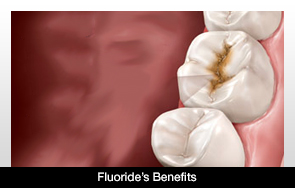Written by Dentistry TodayMonday, 29 April 2013 15:15
 |
An ancient Incan remedy may have some practical value today.
The rainforest remedy has made it through the first two stages of clinical trials on its way to being utilized to thwart dental pain.
An anthropologist from Cambridge University in the United Kingdom spent time with the Keshwa Lamas people in the Peruvian rainforest. After spending time there, Dr. Francoise Barbira-Freedman pushed for the substance to undergo clinical trials.
The remedy comes from the Acmella Oleracea plant and has fared well thus far. The plant source is transformed into gel form for medical usage and the goal will be to reduce some anesthetic usage in the future.
The treatment has been put through some trials for five years. As of now, there are no side effects that have been identified. The drug is now in the third stage of the trials and could be ready for usage some time in 2014.
Freedman first thought this remedy could be used as early as 1975, when it was first used on her after her wisdom teeth were causing here some pain.
If everything checks out fine, this remedy could be a revolutionary treatment in dentistry. It may limit the number of injections people have to have—or maybe end them entirely. More research on this remedy is necessary to get a full understanding of its impact.

